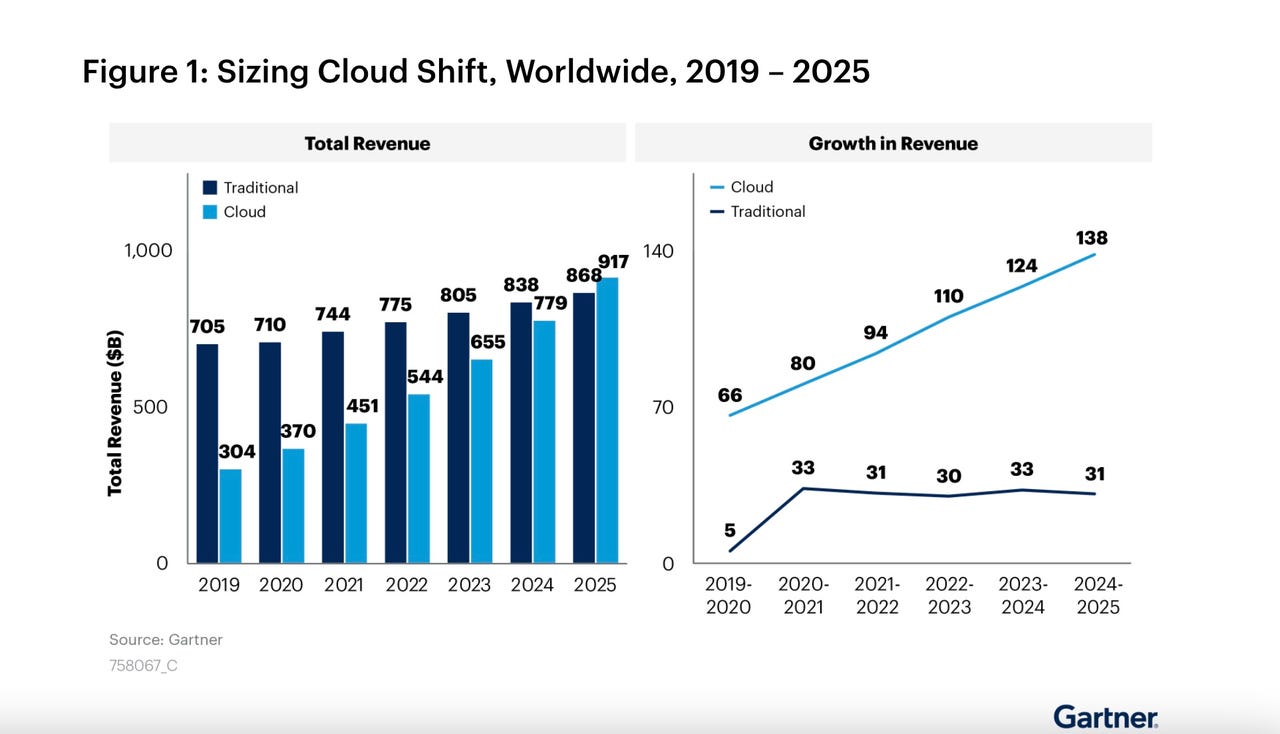Overview
Cloud computing has revolutionized the way businesses and individuals store and access their data. It offers scalability, flexibility, and cost-effectiveness like never before. In this article, we will explore the basics of cloud computing and its key benefits.
Cloud computing refers to the practice of using remote servers hosted on the internet to store, manage, and process data, rather than relying on local servers or personal computers. These remote servers are housed in data centers managed by cloud service providers.
One of the primary advantages of cloud computing is its scalability. With traditional on-premises infrastructure, businesses need to invest in hardware and software that can handle their maximum workload requirements, resulting in unused resources during periods of low demand. Cloud computing allows businesses to scale their resources up or down based on their needs, ensuring optimal resource utilization and cost efficiency.
Flexibility is another key benefit of cloud computing. Users can access their data and applications from anywhere with an internet connection, using a variety of devices such as laptops, tablets, or smartphones. This flexibility enables remote work, and collaboration, and enhances productivity.
Cost reduction is a significant advantage of cloud computing. Instead of investing in expensive hardware and software upfront, businesses can pay for cloud services on a pay-as-you-go basis. This eliminates the need for upfront capital expenditure and reduces the costs associated with maintenance, upgrades, and security.
Why is it called Cloud Computing?
A fundamental concept behind cloud computing is that the location of the service, and many of the details such as the hardware or operating system on which it is running, are largely irrelevant to the user. It’s with this in mind that the metaphor of the cloud was borrowed from old telecoms network schematics, in which the public telephone network (and later the internet) was often represented as a cloud to denote that the location didn’t matter – it was just a cloud of stuff. This is an over-simplification of course; for many customers, the location of their services and data remains a key issue.
Types of Cloud Computing
Tech analyst Gartner predicts that as much as half of spending across application software, infrastructure software, business process services, and system infrastructure markets will have shifted to the cloud by 2025, up from 41% in 2022. It estimates that almost two-thirds of spending on application software will be via cloud computing, up from 57.7% in 2022.

Infrastructure as a Service:
Infrastructure as a Service (IaaS) refers to the fundamental building blocks of computing that can be rented: physical or virtual servers, storage, and networking. This is attractive to companies that want to build applications from the very ground up and want to control nearly all the elements themselves, but it does require firms to have the technical skills to be able to orchestrate services at that level.
Platform as a Service:
Platform as a Service (PaaS) is the next layer up – as well as the underlying storage, networking, and virtual servers, this layer also includes the tools and software that developers need to build applications on top, which could include middleware, database management, operating systems, and development tools.
Software as a Service:
Software as a Service (SaaS) is the delivery of applications as a service, probably the version of cloud computing that most people are used to on a day-to-day basis. The underlying hardware and operating system is irrelevant to the end user, who will access the service via a web browser or app; it is often bought on a per-seat or per-user basis.
SaaS is the largest chunk of cloud spending simply because the variety of applications delivered via SaaS is huge, from CRM such as Salesforce, through to Microsoft’s Office 365. And while the whole market is growing at a furious rate, it’s the IaaS and PaaS segments that have consistently grown at much faster rates.
Conclusion
Long term, IDC predicts spending on cloud infrastructure to have a compound annual growth rate (CAGR) of 12.9% over the 2021-2026 forecast period, reaching $135.1 billion in 2026 and accounting for 67.3% of total compute and storage infrastructure spend. Shared cloud infrastructure will account for 72.3% of the total cloud amount, growing at a 13.8% CAGR. Spending on dedicated cloud infrastructure will grow at a CAGR of 10.7% to $37.4 billion. Spending on non-cloud infrastructure will have a CAGR of 2.3%, reaching $65.6 billion in 2026. Spending by service providers on compute and storage infrastructure is expected to grow at a CAGR of 12.1%, reaching $131.9 billion in 2026.

In conclusion, cloud computing has transformed the way we store, manage, and access data. Its scalability, flexibility, cost-effectiveness, and enhanced security make it an ideal choice for businesses of all sizes. Embracing cloud computing can lead to increased efficiency, productivity, and a competitive edge in today’s digital landscape.
